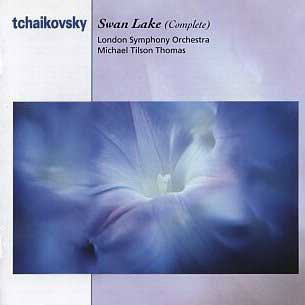 Composer: Mario Del Monaco
Composer: Mario Del Monaco
Works: Arias by Giordano, Puccini, Halévy, Bellini, Verdi, Wagner, Bizet, Franck, Gastaldon, Bernstein, Brodsky
Performers: Mario Del Monaco, tenor
Recording: Various locations in Italy, Austria, and France, 1953-1969
Label: Decca
Marion Del Monaco’s artistry, encapsulated in this compilation from Decca’s “The Singers” series, serves as a fascinating lens into the tenor’s operatic legacy. Born in 1915, Del Monaco’s meteoric rise post-World War II led him to become a titan of the lyric tenor repertoire, particularly at La Scala and the Metropolitan Opera. This collection, which features a selection of arias from composers such as Verdi, Puccini, and Wagner, offers both a retrospective of his vocal prowess and a glimpse into the stylistic tendencies of mid-20th-century operatic performance.
Del Monaco’s voice, characterized by its virile, open-throated quality, is particularly compelling in heroic roles, as evidenced in the thrilling rendition of “La dolcissima effigie” from Giordano’s Andrea Chénier (track 1). Here, the tenor’s robust timbre and dramatic interpretation transport the listener to the emotional heart of the character. His ability to convey fervor is equally palpable in “Immenso è il giubilo” from Otello (track 8), a piece he famously performed over 400 times. The sheer power of his delivery, however, often comes at the expense of nuance, which becomes increasingly apparent as the disc progresses.
Track 7, the aria from Verdi’s Ballo in Maschera, epitomizes the dichotomy of Del Monaco’s artistry; he opens with a striking line that captivates with its tenor brilliance, yet the concluding phrases lack the requisite elegance and finesse. This contrasts starkly with the interpretative choices of contemporaries such as Luciano Pavarotti, who often balanced power with delicate phrasing. The Wagner extracts (tracks 10-13) reveal a potential that Del Monaco could have explored further; while his vocal strength suggests the makings of a heldentenor, he does not fully embrace the stylistic demands of that repertoire, a missed opportunity evident when compared to Domingo’s more nuanced Wagnerian interpretations.
The recording quality of this compilation is consistent with the era, capturing Del Monaco’s voice with a certain warmth that pays homage to the live performance experience. However, the engineering sometimes reveals a lack of intimacy, with orchestral accompaniment occasionally overwhelming the tenor. The idiosyncratic selection of repertoire may leave some listeners yearning for a more cohesive thematic approach, as Del Monaco’s abilities are better showcased in collections like the Grandi voci series (Decca 440 407-2), which offers a more curated assortment of his most compelling performances.
While the accompanying booklet provides an essay that lacks depth, it does include essential track listings. However, the omission of operatic character details detracts from a comprehensive understanding of the arias’ dramatic contexts. Such contextualization is crucial for fully appreciating the nuances of Del Monaco’s interpretations, which are often overshadowed by his formidable vocal presence.
Del Monaco’s contributions to the tenor repertoire are indelible, and this collection serves as a testament to his extraordinary gift, albeit with significant caveats. His ability to command the stage is undeniable, yet the limitations in vocal flexibility and interpretative nuance may leave more discerning listeners wanting. The disc ultimately stands as a historical artifact of a bygone era, showcasing a powerful voice that resonates even today, while simultaneously highlighting the complexity and evolution of operatic singing.



